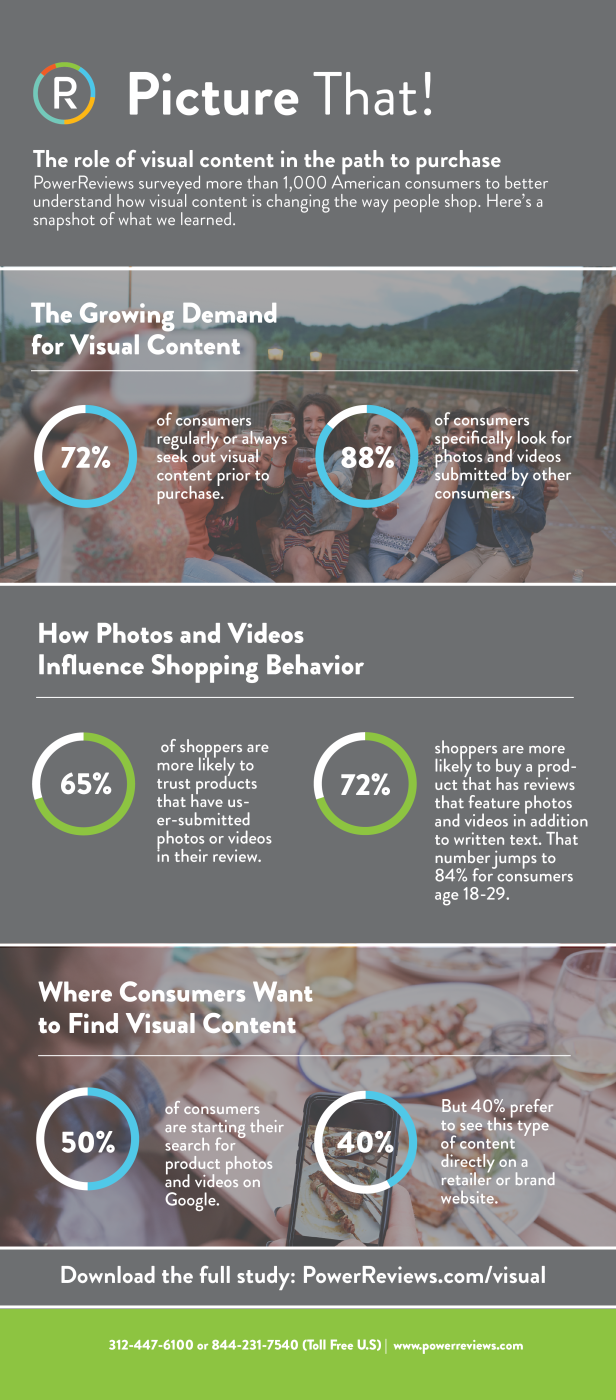3 Ways to Leverage UGC to Reduce Return Rates and Improve Your Bottom Line
The three largest package delivery companies serving the IR 500 have recently announced new shipping rates. And it’s bad news for ecommerce companies. While UPS and FedEx are increasing shipping rates by 4.9% at the beginning of 2017, the US Postal Service has already increased its rates an average of 9.5% for several of the shipping services commonly used by ecommerce companies.
It’s no secret that shipping costs are a large — and growing — expense for ecommerce brands and retailers. At the same time, many consumers have come to expect free shipping and returns. PowerReviews research found that 38% of shoppers start the purchase journey on Amazon, and of those, 64% say that free shipping is a top reason they choose to do so.
Now is the time for brands and retailers to think about what they can do to keep shipping costs in check. Negotiating favorable shipping contracts and finding more efficient ways to ship — such as smaller, lightweight packaging — is one piece of the puzzle. But another important way to keep shipping costs at bay is to reduce return rates.
Easier said than done? Not necessarily. The key is to do what you can to make sure shoppers know exactly what to expect from the products they order. That way there are no surprises when the item arrives on their doorstep. After all, a study from Shorr Packaging found that the top reason shoppers return merchandise is because the product wasn’t what they expected. Luckily for brands and retailers, User Generated Content (UGC) — such as ratings and reviews, questions and answers, photos, and videos — is an effective way to help shoppers make smarter shopping decisions.
Read on for three ways your brand can start leveraging UGC to reduce return rates — and improve your bottom line.
1. Feature Ratings and Reviews
A consumer who shops in-store has the benefit of experiencing a product firsthand before making a purchase. She can feel the fabric of a sweater to access its quality, sample a facial moisturizer to determine how easily it absorbs, or try on a pair of shoes to see whether they run true to size.
With more and more consumers craving the convenience of online shopping, brands need to bring this comprehensive product information online, too. Then shoppers can make the right purchase decisions, and are less likely to return the products they purchase.
Ratings and reviews are one of the best ways to provide this important information to your shoppers. For example, let’s say there’s a consumer shopping for a pair of jeans. She’s 5’8” and debating whether to purchase regular or tall length jeans. She reads several reviews, and notices that many consumers mention that the pants run short, so she orders the tall length. The pants arrive on her doorstep a week later and fit perfectly, and you avoid the costs of an unnecessary return.
2. Allow Shoppers to Submit Photos and Videos
Visual content is quickly becoming an expected part of the purchase journey. And though professional photos and videos are important, a growing number of shoppers specifically look for visual content from other consumers. In fact, a recent PowerReviews study found that 88% of consumers seek out user generated photos and images when browsing for products.
Allow your shoppers to submit photos and videos as part of their reviews, so future shoppers can use this as yet another tool to help them make the best purchase decisions. For example, a shopper can browse through user submitted photos to see what a dress looks like on someone with a body type similar to hers.
3. Allow Your Customers to Ask Questions
Regardless of how thorough your product descriptions are, shoppers will likely still have questions. This is especially true if they’re shopping for products that require a higher level of consideration, due to factors such as cost and lack of familiarity.
Implement a Q&A solution on your website to provide your shoppers with a way to get their questions answered and identify the products that will best fit their needs. Well informed purchases mean less returns — and therefore fewer shipping expenses.
More Information
Want to learn more about how to reduce return rates with ratings and reviews, Q&A, and visual content? Contact us to schedule a free demo!




